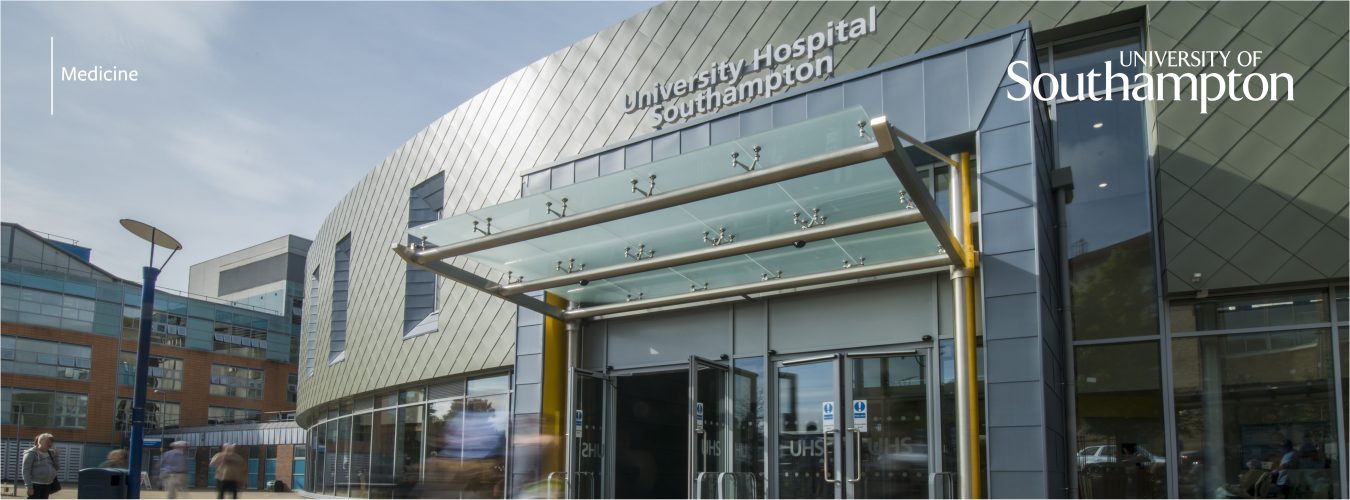Nick Evans is a Professor in Bioengineering. In his Inaugural Lecture, he will be reflecting on his career and what led him to the field of regenerative medicine. In this Q&A, Nick gives some insight into his research interests, how he uses bubbles to heal bones and what excites him about the future.
What is your current research/job role focus?
My current research is mainly focused on what’s called ‘targeted delivery’. In short, trying to get proteins, small molecules, or even physical effects, to specific places in the body at the right time. Mostly we work on trying to heal bones that wouldn’t otherwise get better (a much bigger problem than you may think) but we also work on trying to limit infection by antibiotic delivery.
Part of this research is focused on ultrasound-triggered ‘things’ that circulate in the blood. I say things because this can be somewhat diverse. It’s mainly microbubbles, but also perfluorocarbon emulsions. When ultrasound is focused on microbubbles as they flow through a tissue, the sound (which after all is a pressure wave) alternately squashes and expands the bubbles. This can be really energetic, and helps drugs get to tissues more easily that they would otherwise to. You can also put things in the microbubbles. We do this in collaboration with my friends at the University of Oxford.
With Tracey Newman and other friends in Chemistry and at Dstl, we also work on polymersome for drug delivery for infections. You can put antibiotics in these tiny particles and they get chomped up by macrophages, killing bacteria that live inside them. Some of the applications are in bugs that can be used in biowarfare.
Why did you decide to focus your career on that particular area?
Good question. I did my PhD in diabetes and biophysics, got interested in stem cells during my PhD, then worked in stem cells and biomaterials, and eventually got drawn into drug delivery. It’s complicated. I will say more at my lecture.
What have been your biggest ‘eureka’ moments or highlights during your career so far?
Undoubtedly there is little to compare with getting my first proper science experiment to work during my PhD. I spent the best part of two years failing, and so when the first experiment worked it was exhilarating and cathartic. I celebrated alone on a Saturday morning in the lab running around like I’d scored a goal for Wolves at Wembley. It wasn’t even that novel – in short, I cracked how to measure glucose metabolism using the natural fluorescence of skin cells.
How would you describe the rate of progress in your field that you’ve witnessed?
The research question that we asked during my PhD has now largely been solved. Many diabetic people can track their blood glucose continuously, albeit it is far from perfect. When I first started working on pluripotent stem cells, I don’t think many people had any idea that we’re be able to make them from adult skin! This has raised all kinds of interesting questions, scientifically and ethically. The therapeutic potential of stem cells and tissue engineering in general has been pretty slow when compared with what was promised 20 years ago but it will come – there are a few trials at the moment.
Who has influenced you during your career?
I have always worked with inspirational colleagues. Dame Prof Julia Polak was my first postdoctoral supervisor, and she was closely followed by Dame Prof Molly Stevens!
What can we do to encourage more young people especially girls to become scientists?
My research is really at the edge of medicine and engineering, and the latter field I think lags behind medicine at present when it comes to female representation – there are a lot more female doctors now than in 2000, but fewer senior female engineers, like my colleagues Molly or Prof Eleanor Stride. This is changing, and in running a residential course on biomedical engineering for the last ten years, I increasingly see opportunities for enthusiastic young students.
Outreach is important, we need to do more, but more generally society attitudes to gender expectations need to keep evolving. In Britain we are behind some other countries on this, something that I become very conscious of through my Swedish wife! We can all do our bit on this.
What would you say is your proudest career achievement?
My proudest moment is probably being promoted to Professor in 2022 and each time we published a paper, but it probably gives me greatest satisfaction to see people who have come through my lab do well.
What excites you most about the future of your field?
There is lots to be excited about. At the moment we’re trying to develop ultrasound-responsive microbubbles as a treatment for people with poorly-healing bones. We’re working with the surgeons and have started doing some (very early) trials on people. I’m looking forward to seeing if we can get it to work!

